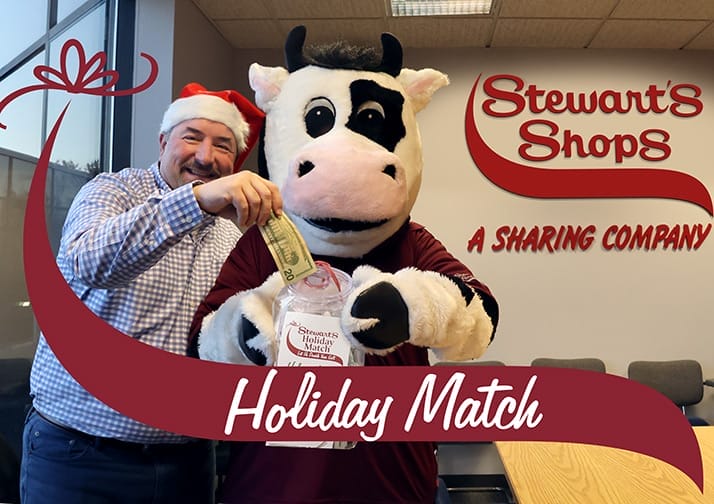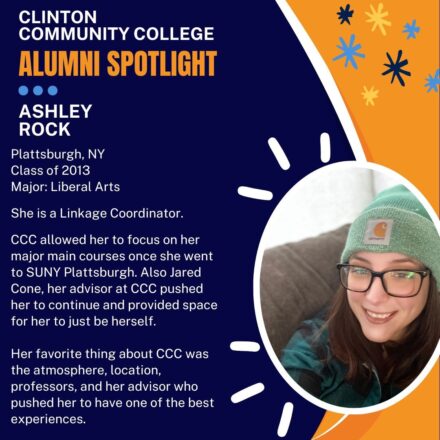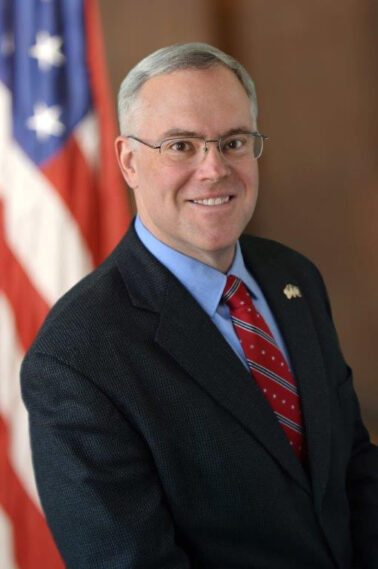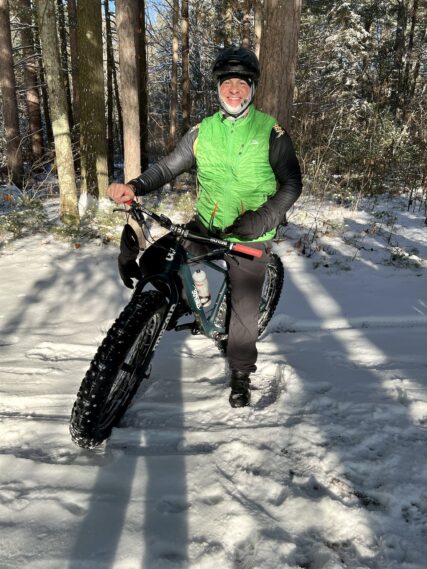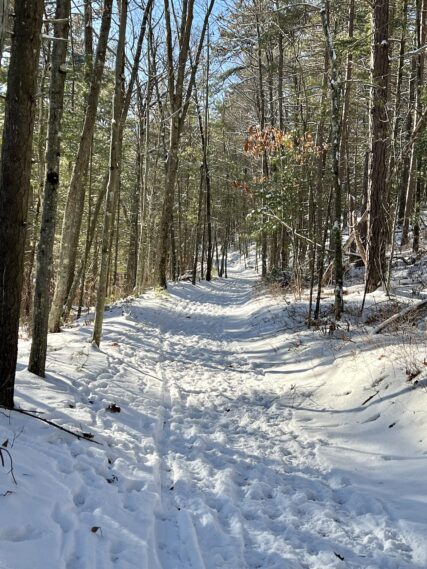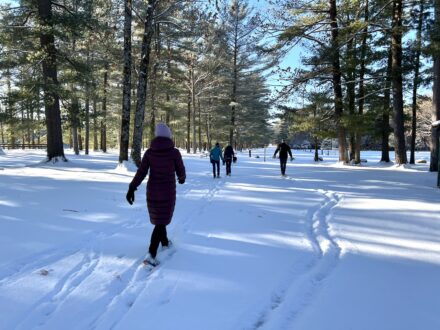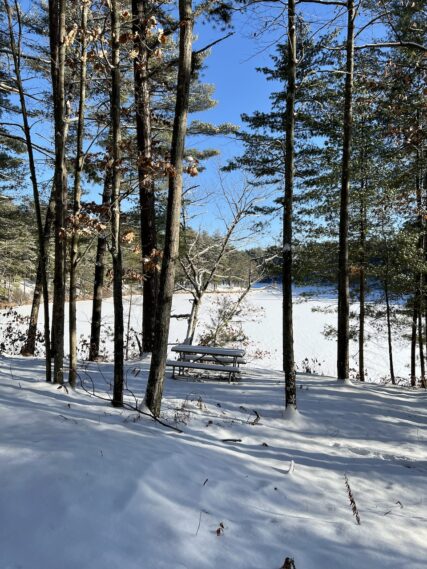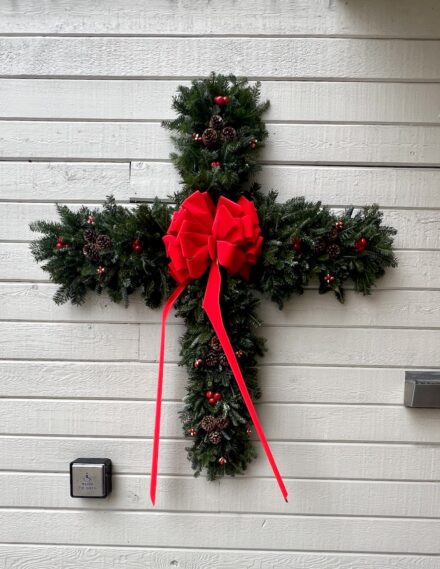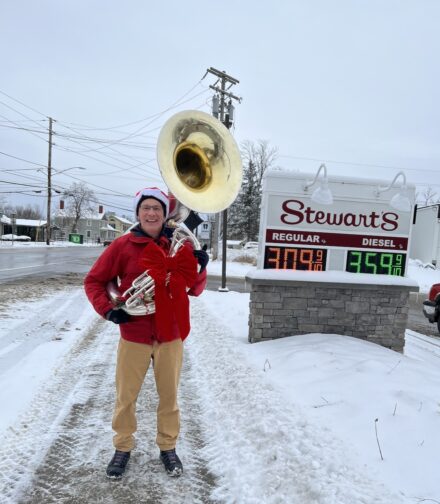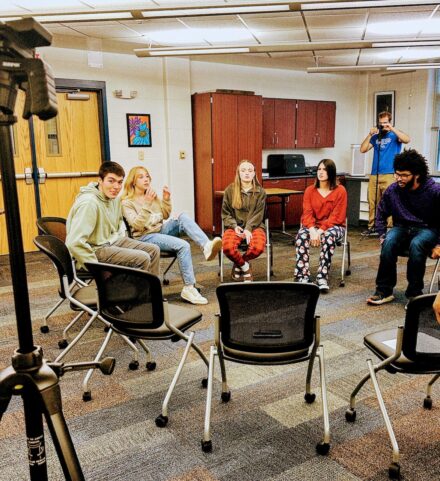
Peru and Ticonderoga students prepare to record their joint podcast on Dec. 18
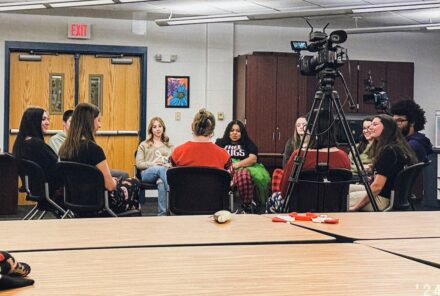
Peru and Ticonderoga students record their joint podcast on Dec. 18
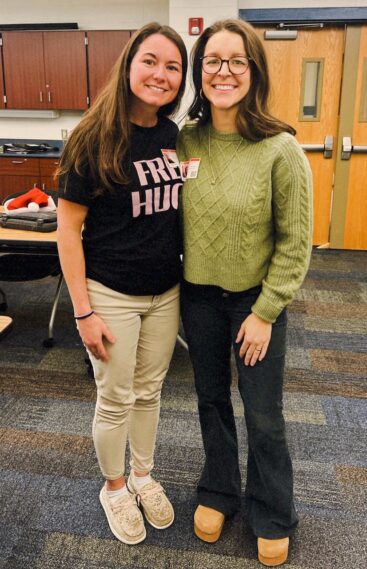
Ticonderoga teachers Sarah Ellsworth and Kate Crammond accompanied Ticonderoga students to Peru on Dec. 18. (Photos: Peru Central School District)
Sweethearts and Heroes News Release
PERU, NY — Peru and Ticonderoga high school students gathered here recently for a special mini-summit that included a joint podcast recording and other inspiring activities that swirled around HOPE (Hold On, Possibilities Exist).
On Wednesday, Dec. 18, 14 Ticonderoga students and their teachers, Kate Crammond and Sarah Ellsworth, went to Peru High School to catch up on each school’s activities since their involvement in Sweethearts & Heroes’ first Youth Leadership Summit last September.
Sweethearts & Heroes aims to prevent hopelessness, bullying and suicide by providing dynamic, inspiring content that centers on the human interaction skills necessary for schools and other organizations to change all aspects of their culture — skills such as empathy, compassion and teamwork. Sweethearts & Heroes programs are embedded in Peru and Ticonderoga schools and have changed the school culture in those districts, according to administrators.
On Dec. 18, Ticonderoga students joined a handful of Peru students to record an episode of Peru students’ new Sweethearts & Heroes-inspired podcast, The FISH Perspective. Students also weaved Circles with educators. Circle, which is built on the ancient ritual of communicating in a circle to build compassion and empathy, is one of Sweethearts & Heroes’ most popular and effective programs and is now a staple of Peru and Ticonderoga schools.
Sweethearts & Heroes also offers a profound, engaging signature presentation that calls for HOPE (Hold On, Possibilities Exist), Empathy and Action; and the BRAVE Youth Leadership System, which trains older students in bully drills that they, in turn, teach to students in lower grades, thus creating a sustainable, student-directed initiative that can change a school’s culture. Hundreds of Peru and Ticonderoga students have completed the BRAVE System.
During this school year, Sweethearts & Heroes started offering Train the Trainer, which teaches current educators how to weave their own Circle trainings for future hires; and STEP (the Student Teacher Empathy Program), which teaches high school students how to present Sweethearts & Heroes’ signature assemblies for students in grades K-2 and 3-5.
“Immediately after the Summit (last September), Peru students wanted to get together with other schools from the Summit as a ‘mini-reunion,’” said Jen Guay, Sweethearts & Heroes Director of Human Skills and Student Engagement. “The life-changing experiences at the Summit and the positive energy shared between students sparked a movement to continue connecting with attendees of the Summit. Many students were adamant about preserving the newly formed friendships. Yes, they could connect through social media platforms, but they craved more face-to-face communication in a shared physical space. A special bond was formed between Peru and Ticonderoga at they Summit, and they started calling their collective group ‘Peroga.’ Peru students asked Matt Berry (Peru High School Principal) if they could hold Circles with Ticonderoga students, and the wheels were set in motion. Peru students also recommended that some Ticonderoga students join the FISH. Perspective Podcast at Peru to expand student engagement and put a message of unity into the air.”
After the Dec. 18 event, Peru student Lahla Lashway said, “Peru should do this with every school. It is a great way to build relationships across North Country Schools.”
Ticonderoga student Avery Lender said, “It was a welcoming experience that built stronger bonds between the Ti and Peru students.” Ticonderoga student Quinn Lang added, “We all love talking about the Summit, so being able to share in a space like this was really amazing.”
In September, during National Suicide Prevention Month, about 140 students from seven Upstate New York schools attended Sweethearts & Heroes’ first three-day — and phone-free — Youth Leadership Summit with Spartan Race at Killington Resort in Vermont.
Sweethearts & Heroes’ central team of traveling presenters includes: Tom Murphy, Director and Founder, of St. Albans, VT; Ret. U.S. Army Sgt. Rick Yarosh, a HOPE expert, Purple Heart recipient and motivational speaker from New York who was burned severely while serving in Iraq; and Pat Fish, BRAVE Program Director & Circle Specialist, also of New York.
For more than 16 years, Sweethearts & Heroes has presented what Murphy calls “‘the ‘stop, drop and roll’ of bullying” to more than 2.5 million students in school districts from New England to Hawaii and north into Canada. Sweethearts & Heroes also tailors its presentations and workshops for businesses, non-profits and civic groups. Murphy said, “We go where we’re needed. That’s what heroes do.”
During Veterans Day week, Yarosh released A Bridge Named Amos, the inspiring, true story of his hero and service dog, Amos, who died in October, just before the book went to press. Born on Christmas, Amos was a lovable, black Lab who traveled with Yarosh over thousands of miles to hundreds of schools with Sweethearts & Heroes. Together, they taught children and adults how to overcome challenges, celebrate differences and embrace empathy. A Bridge Named Amos is told from Amos’ warm perspective, and it comes with a free downloadable workbook. OESJ Central School District (NY) Art Teacher Kevin Cannon illustrated the book.
Sweethearts & Heroes’ other books include Boredom School: For Those Bored in School, a collection of captivating, humorous and thought-provoking poems by Pat Fish; and 13 Pillows For Affective Teachers, a novel by Tom Murphy and Brian McKeon, of New York, that covers the themes of HOPE, Empathy and Action in the Sweethearts & Heroes curriculum.
Sweethearts & Heroes has also created The HOPE Classroom, a digital subscription service designed for various grade levels and different school sizes. This value-packed offering can allow Sweethearts & Heroes to be in every school in the U.S. For more on Sweethearts & Heroes, find them here on social media.
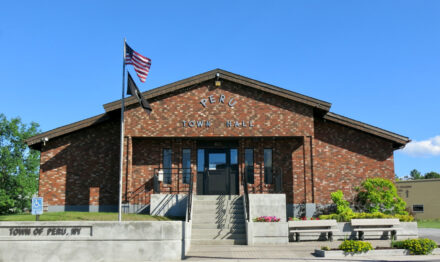 TOWN OF PERU
TOWN OF PERU
 The Town of Peru Town Board has scheduled a Work Session for
The Town of Peru Town Board has scheduled a Work Session for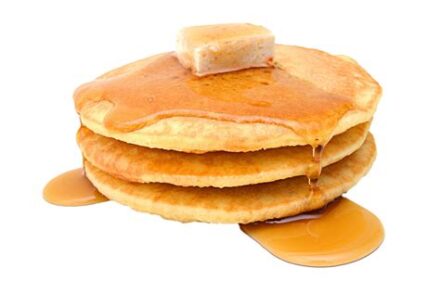 Peru, NY – “Pancakes Plus” Breakfast, Sunday, January 12, served by Knights of Columbus Council 7273, St. Augustine’s Parish Center, 8:30 a.m. to 12:00 p.m. $10 for adults, $5 for children 5 to 11; children under 5 are Free. Take-outs are $10.
Peru, NY – “Pancakes Plus” Breakfast, Sunday, January 12, served by Knights of Columbus Council 7273, St. Augustine’s Parish Center, 8:30 a.m. to 12:00 p.m. $10 for adults, $5 for children 5 to 11; children under 5 are Free. Take-outs are $10.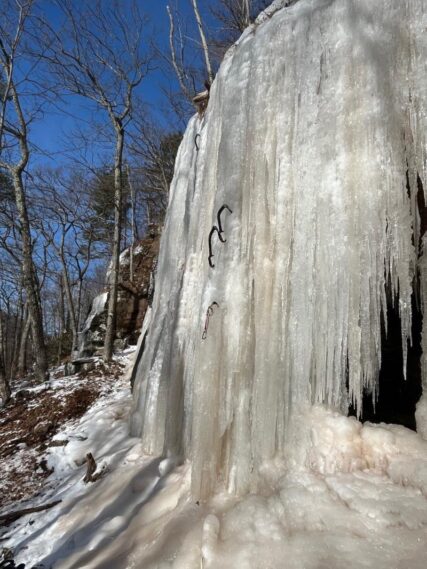 Town of Hunter, Greene County
Town of Hunter, Greene County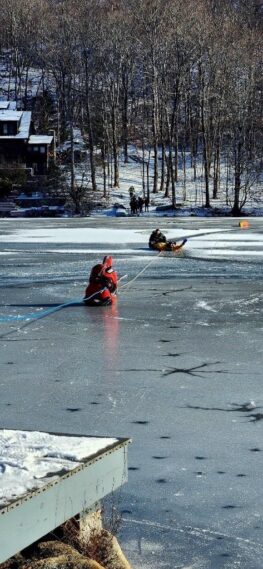 Town of Pawling, Dutchess County
Town of Pawling, Dutchess County
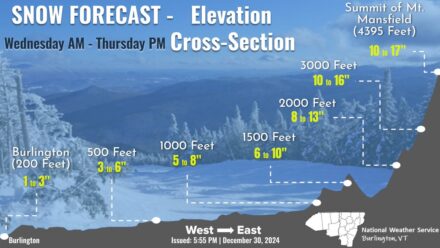 2025 will start out with a bang for portions of northern New York as a storm system impacts the region starting Wednesday. Precipitation in many places will start as rain before gradually changing to snow heading into Thursday.
2025 will start out with a bang for portions of northern New York as a storm system impacts the region starting Wednesday. Precipitation in many places will start as rain before gradually changing to snow heading into Thursday. 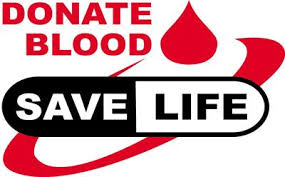 Twenty-one kind people attempted to donate blood at CVPH’s December 23 blood donor drive at St. Augustine’s Parish Center. Seventeen were successful. Remarkably, so many people donated during such a busy time of year.
Twenty-one kind people attempted to donate blood at CVPH’s December 23 blood donor drive at St. Augustine’s Parish Center. Seventeen were successful. Remarkably, so many people donated during such a busy time of year.